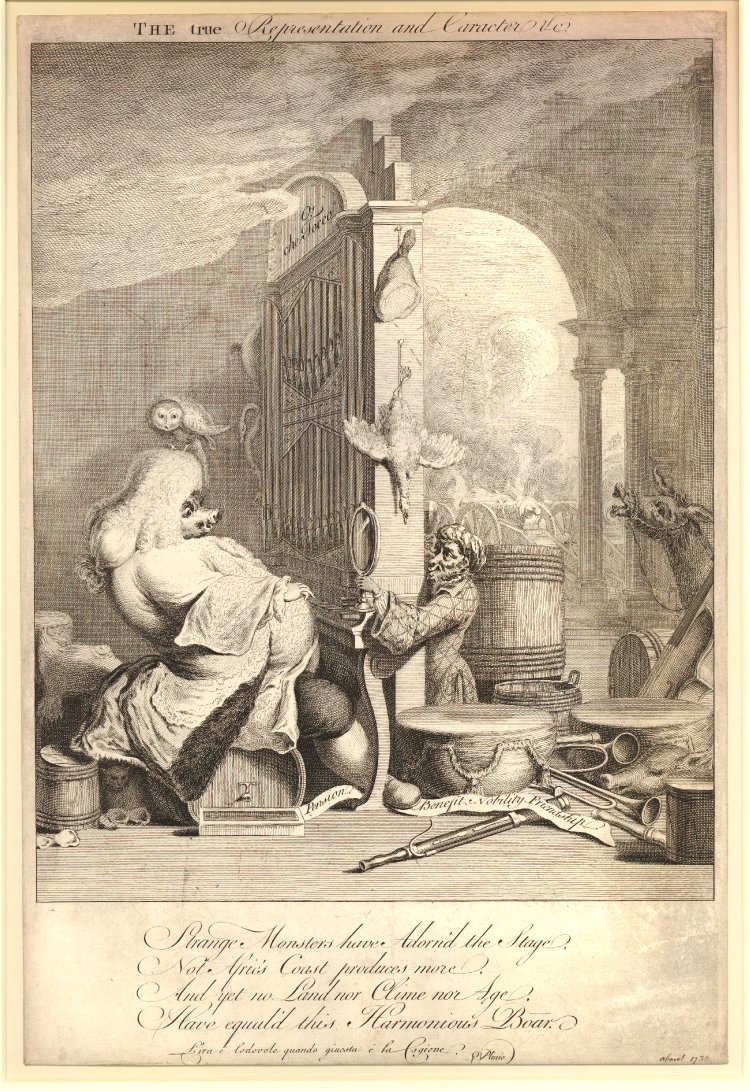George Frederick Handel.
A Terracotta Relief.
The Maquette for the Monument in Westminster Abbey
by Louis Francois Roubiliac -
c 1760.
c 1760.
Ashmolean Museum, Oxford.
98 cms tall.
Given by James Wyatt to Oxford University in 1848.
I have already posted at some length on the portrait sculpture of Handel see -
http://bathartandarchitecture.blogspot.com/2015/06/a-marble-bust-of-handel-by-heaven.html
http://bathartandarchitecture.blogspot.com/2014/01/asummary-of-researches-into-bust-of.html
All photographs taken by the author.
_______________________________________
The Foundling Hospital Terracotta Modello of The Handel Monument
Height 12 - 15" approx.

Black and White photograph of the modello at the Foundling Hospital Museum.
This modello was noted to have been recently discovered in Bath, in Early Georgian Portraits by Kerslake. pub. NPG. 1977.



Photographs of the Modello taken in very poor light at the Foundling Hospital Museum.
12 - 15" tall approximately.
It is possible that there were plaster copies made of the Roubiliac model for the monument although none have come to light so far. John Flaxman senior, father of the more famous sculptor offered casts from the original mould of the monument in The Gazetteer and London Advertiser of 13 January 1764.
Perhaps lot 61 on the 2nd day of the sale of the contents of the Roubiliac Studio in St Martin's Lane, 13 May 1762.
John Flaxman I (1726 -1803), father of the more famous John Flaxman the Younger was at the Shakespeares Head, New Street, Covent Garden from 1763, King Street, Covent Garden 1773 -76, In 1776 he moved 420 The Strand (opposite Durham Yard). In 1792 he bought several moulds formerly belonging to John Cheere, He is believed to have been employed by both Scheemakers and Roubiliac. (see Dict. of Sculptors in Britain....).
Above - snippet from The Gazetteer and London Advertiser of 13 January 1764.
This would suggest that there was another, third modello for the monument which was 2' high.
unless it refers to a version of the plaster bust below.
So far neither a terracotta or plaster versions have surfaced.
________________________________
The Westminster Abbey Monumentof Handel
Louis Francois Roubiliac
https://www.westminster-abbey.org/abbey-commemorations/commemorations/george-frederic-handel/
Overexposed but the best image I can find of a close up.
https://www.weijerkoor.nl/componisten-handel-gf.shtml
Westminster Abbey, whilst having updated their internet image bank, still fail to put up good photographs of their monuments preferring to make anyone interested pay for the privilege.
_______________________________
The Royal College of Musicians Plaster bust of Handel.
and other versions of this bust.

52 cms approx.
Painted a rather bilious shade of magnolia!
Given to the Royal College of Musicians in 1889.
Another version of the Westminster Abbey Head of Handel by Brucciani is at the Fitzwilliam (below).
These busts appear to have been taken directly from the Handel Monument in Westminster Abbey and whilst obviously related to the Roubiliac portrait busts of Handel it is also very close to the head of the Vauxhall Statue of 1738 now in the V and A.
I believe that all of the Roubiliac sculptures of Handel were originally derived from sittings - or a life mask taken in about 1736 /77 before the creation of the Vauxhall statue and Royal Collection marble and the terracotta versions of the bust with the hat of 1737/8.
Given the changes in his appearance after this time when he put on a great deal of weight, which does not show in any of these sculptural portraits I believe that Roubiliac used an earlier bust or busts in order to create the monument in Westminster Abbey.
For Brucciani family history see - http://www.quilietti.com/the-brucciani-connections/9242-2/
also for company history and much more of interest on plaster casts in the 19th century see -
_______________________________
The Fitzwilliam Museum, Cambridge Plaster Bust of Handel.
unsigned - possibly cast by Brucianni.
Probably cast by D. Brucciani. Mid - late 19th Century, in the Fitzwilliam Museum, Cambridge.
Given to the museum in 1906
Height 52 cms.
____________________________
With title along the top, and below four lines of verse:
"Strange Monsters have Adorn'd the Stage,/Not Afric's Coast produces
more,/ And yet no Land nor Clime nor Age,/Have equal'd this Harmonious
Boar./L'ira è lodevole quando giuesta è la cagione. Plinio'.
A corpulant Handel satirised by Joseph Goupy
1754
Engraving
315 x 311 mm.
British Museum.
____________________________
A ticket for a performance of "a sacred oratorio"
by Handel
to be performed at the Foundling Hospital.
c.1750
Etching and engraving,
printed in red
197 x 214 mm
Paulson does not believe that any of the versions of the
Foundling Hospital coat-of-arms were engraved by Hogarth, although he accepts
that the design is Hogarth's. See also 1858,0417.579. An impression of this
ticket at the Handel House, Halle, is completed in manuscript for a performance
of Messiah at 12 noon on 1 May 1750.
Handel performed the oratorio at the
Foundling Hospital every year from 1750 to 1754 and not only raised over £7,000
for the charity, but established the lasting fame of the oratorio.
Coat-of-arms with a naked child, a lamb holding a sprig of
thyme as the crest, figures of Diana of Ephesus and Britannia as supporters,
and the motto "Help"; a landscape beyond, and a rococco frame; below,
a ticket for a performance of "a sacred oratorio" by Handel to be
performed at the Foundling Hospital. c.1750 Etching and engraving, printed in
red
© The Trustees of the British Museum























